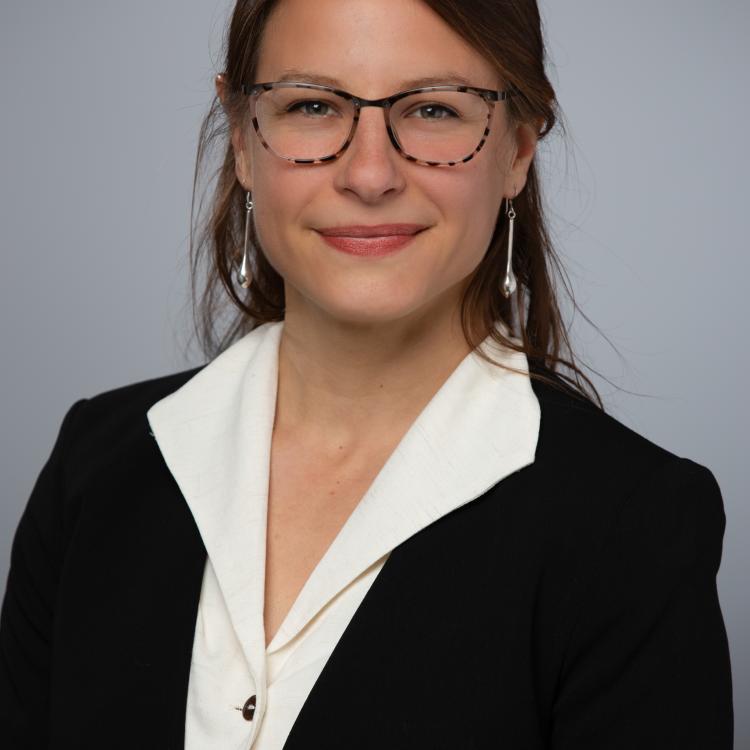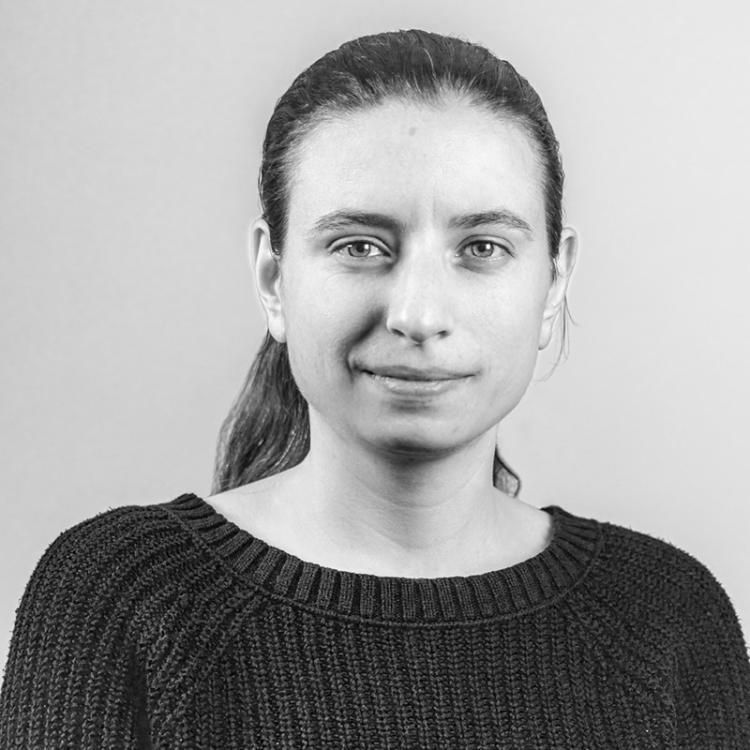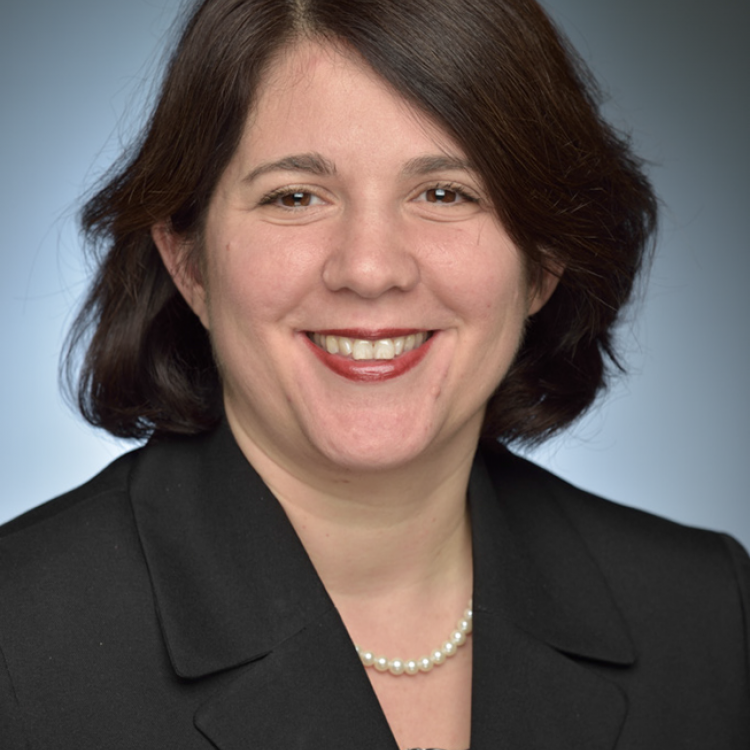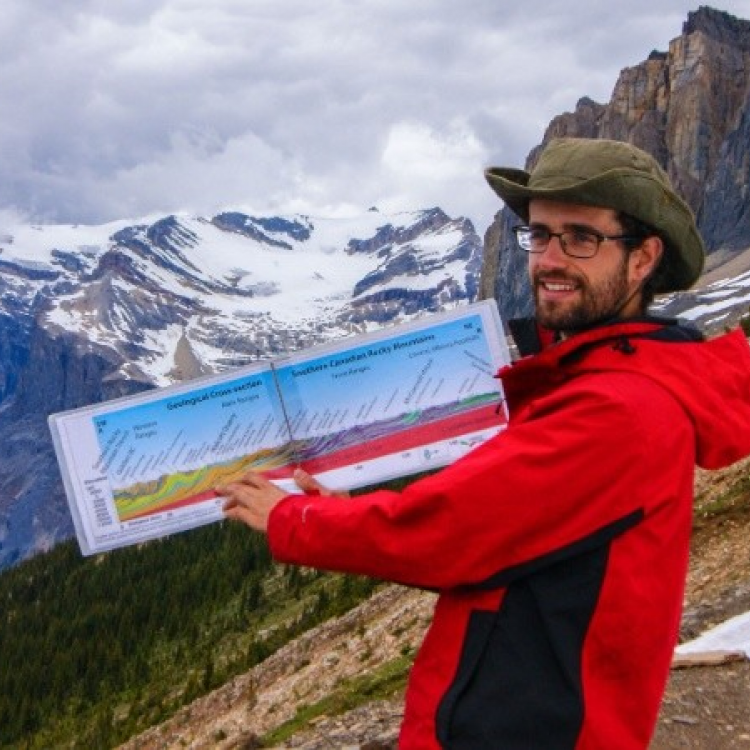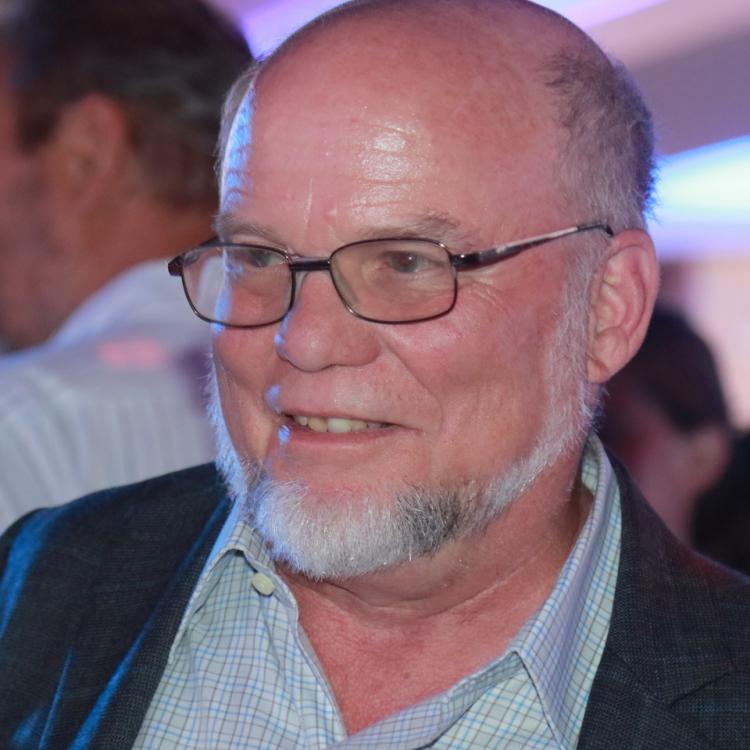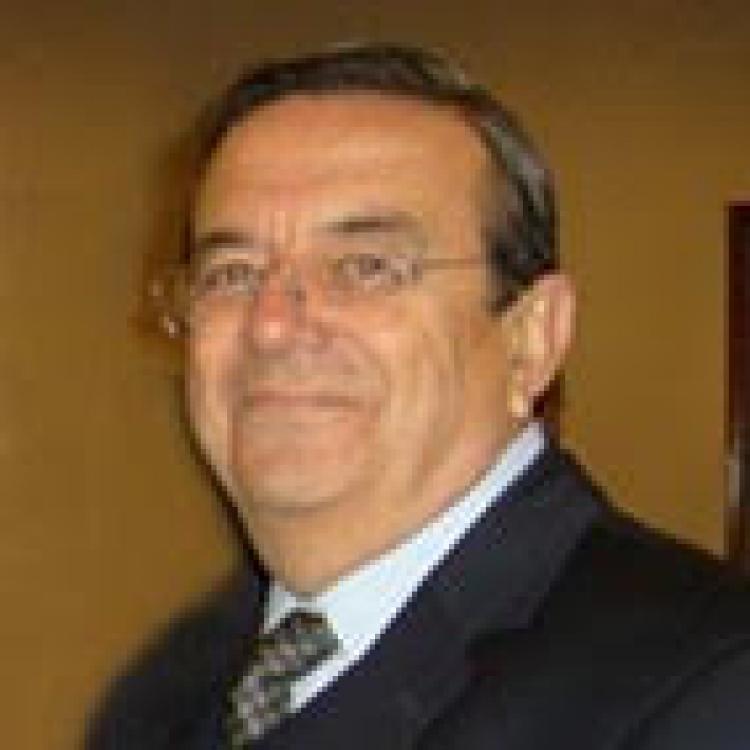Date
Date and Time
October 20, 2020 02:30 PM (PDT)–03:30 PM (PDT)
Abstract
The existence of a geothermal anomaly in the North Perth Basin in Western Australia has been known for many years, and the available data demonstrate that a hot sedimentary aquifer geothermal system exists in the area; however, identifying a reservoir capable of flowing hot water at the required high flow rates has remained a challenge.
An important breakthrough occurred in 2014 with the discovery of the Waitsia gas field, which encountered a good natural reservoir in the Early Permian Kingia Sandstone. Drilling results strongly suggest that the Kingia Sandstone has adequate transmissivity over a wide area to support high flow rates of geothermal brine at temperatures in the range of 150 to 185°C with no stimulation or enhancement.
The available data indicate the potential geothermal resource in the Kingia Sandstone within the study area where the temperature exceeds 150°C for a 30 year project life has a 90% chance of exceeding 122 MW-e and a 50% chance of exceeding 386 MW-e.
Numerical production simulation modelling was undertaken to determine the rate at which water can be extracted from the geothermal source reservoir and evaluate the timing and degree of potential thermal breakthrough. Models based on a six well cluster (3 doublets) confirm that the Kingia Sandstone in the primary geothermal target area has the capacity to support flow rates adequate for each well doublet to generate an average of approximately 4 MWe (P50) of net sales power in the area modelled. In addition, preliminary modelling of an alternative ‘chequerboard” well layout shows the output can be increased by conducting additional studies to optimize the design. All modelling results presented are considered conservative due to the nature of the algorithms used as well as the fact that the modelled area is in the shallow (and therefore cooler) part of the primary geothermal target area.
Session
Speakers
Session Code
TSTC9






















































